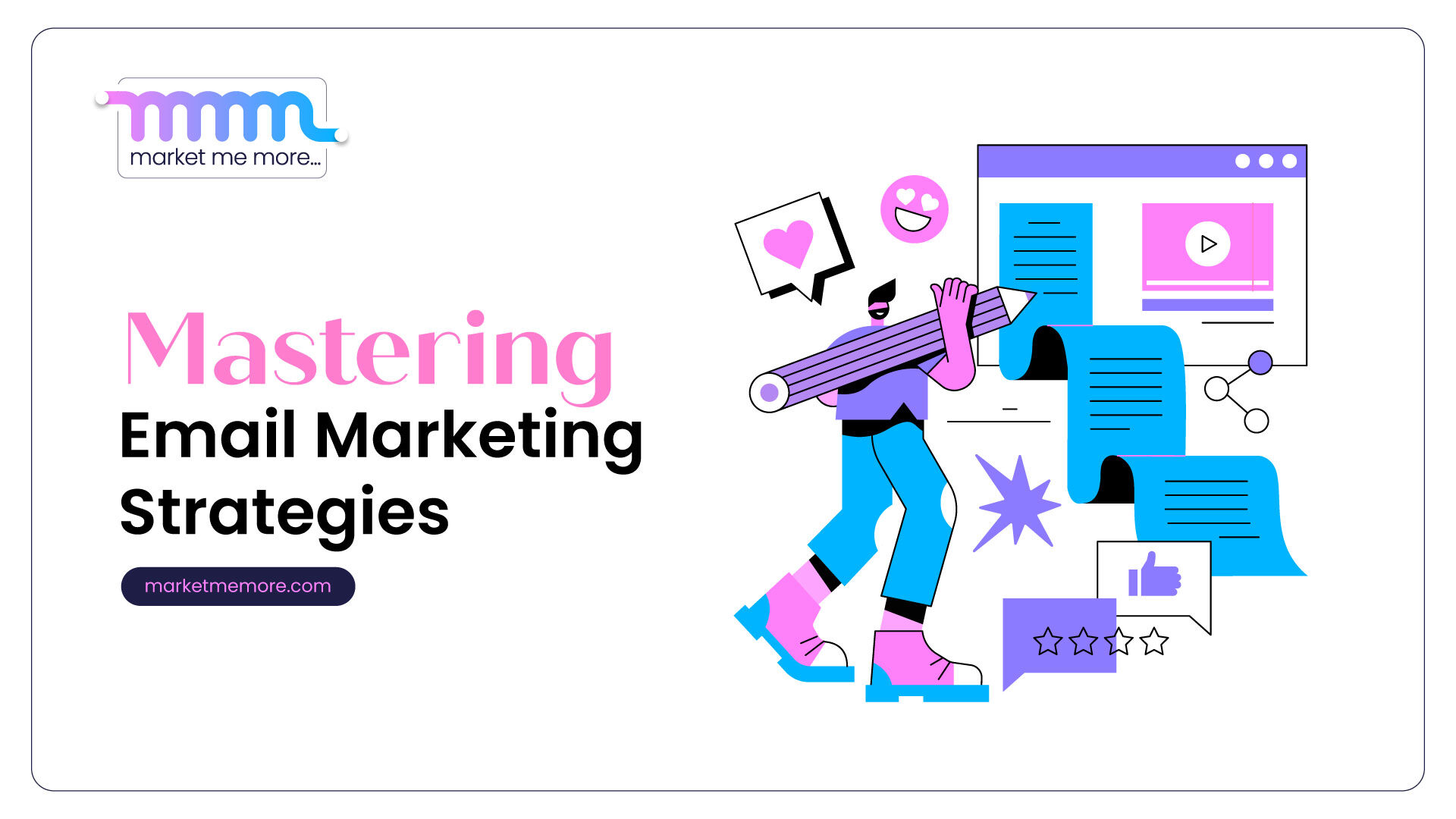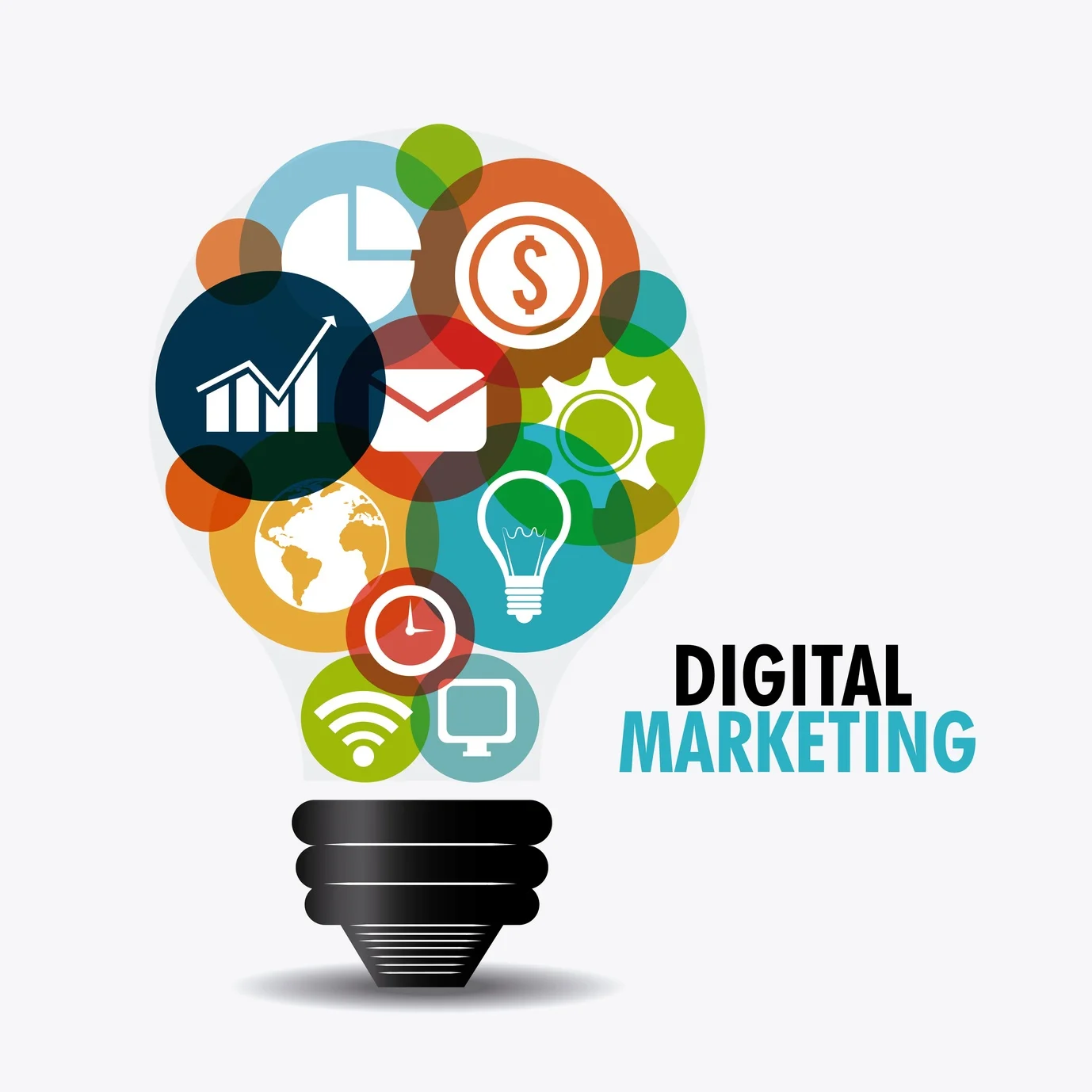
Introduction
In today’s digital age, email marketing remains a formidable tool for businesses, significantly influencing how brands communicate with their audiences. However, simply sending out bulk emails isn’t enough anymore. To truly engage potential customers, it’s essential to adopt a strategy that involves targeted email marketing segmentation.
This approach not only fosters authentic connections but also enhances the effectiveness of marketing campaigns. Here’s why understanding segmentation can revolutionize a brand’s marketing efforts:
- Enhances Engagement: Personalized emails receive higher open rates.
- Increases Conversion: Tailored content offers better alignment with user needs.
- Boosts Retention: Engaging customers leads to long-term loyalty.
By effectively segmenting their email lists, brands can create a more pertinent and valuable experience for their audience, helping them stand out in the crowded marketplace.

Importance of Email Marketing Segmentation
With the foundation laid on email marketing’s power, it’s essential to delve deeper into why segmentation is critical. Imagine receiving an email that speaks directly to your interests – doesn’t it feel more relatable? That’s the magic of segmentation.
Personalized Communication
Segmented campaigns ensure messages are tailored to specific audience groups. This personalization fosters a stronger connection, leading to better engagement.
Improved Metrics
Consider these benefits:
- Higher Open Rates: Targeted emails are more likely to be opened.
- Increased Click-Through Rates: Relevant content drives action.
- Lower Unsubscribe Rates: Engaging content retains subscribers.
In essence, effective segmentation transforms generic email blasts into meaningful conversations, enhancing the overall marketing experience.

Understanding Your Audience
To fully harness the power of email marketing segmentation, it’s crucial to understand your audience. This understanding begins with analyzing key demographics and tracking user behavior.
Analyzing Demographics
Demographic factors such as age, gender, location, and income can help shape your messaging. For instance:
- Age Groups: Younger audiences may prefer trend-focused content, while older demographics might appreciate detailed product descriptions.
- Geographic Insights: Tailoring offers based on location can make emails more relevant, especially for local promotions.
Tracking User Behavior
Equally important is monitoring user behavior. This involves:
- Website Interactions: Track which pages users visit and how frequently.
- Email Engagement: Analyze open and click rates to inform future campaigns.
By combining demographic analysis with behavioral insights, marketers can craft messages that resonate deeply and drive engagement. Understanding the audience is the first step toward effective segmentation.

Segmentation Strategies
Now that we grasp the importance of understanding our audience, it’s time to explore effective segmentation strategies. Personalization techniques and behavioral segmentation play a vital role in enhancing your email marketing efforts.
Personalization Techniques
Personalization goes beyond simply inserting a name in the subject line. Techniques to enhance personalization include:
- Dynamic Content: Change content based on user preferences or demographics.
- Tailored Recommendations: Suggest products based on previous purchases, similar to how Netflix recommends shows!
Behavioral Segmentation
This strategy focuses on how users interact with your brand. Consider segmenting based on:
- Purchase History: Target customers who’ve purchased certain products with complementary offers.
- Engagement Levels: Distinguish between highly engaged users and those who haven’t interacted recently to tailor your communications.
By harnessing these strategies, brands can create rich, relevant content that captures attention and encourages conversions.
Benefits of Segmentation
Moving forward from effective strategies, the benefits of email marketing segmentation are profound and can transform a business’s outreach. When applied correctly, segmentation leads to substantial improvements in campaign performance.
Enhanced Engagement
One of the primary advantages is higher engagement rates. Tailoring content to specific segments results in:
- Increased Open Rates: Emails resonate more when they address recipients’ interests.
- Greater Click-Through Rates: Relevant offers pique curiosity and encourage action.
Improved ROI
Segmentation often leads to a better return on investment (ROI). For instance:
- Cost-Effective Campaigns: Send fewer emails with a sharper focus, reducing waste.
- Higher Conversion Rates: Targeted messages convert better, leading to more sales.
Ultimately, the ability to connect with customers meaningfully not only boosts business metrics but also fosters lasting relationships.
Tools for Effective Segmentation
As businesses start to recognize the benefits of email marketing segmentation, the right tools become essential for executing these strategies effectively. Two primary categories to consider are CRM software and email marketing platforms.
CRM Software
Customer Relationship Management (CRM) systems play a pivotal role in managing and analyzing customer interactions. Benefits include:
- Data Organization: Centralize customer information for easy access.
- Segmentation Capabilities: Utilize detailed filters to create specific groups based on demographics and behaviors.
Email Marketing Platforms
These platforms specialize in crafting and sending segmented emails. Key features often include:
- Automated Segmentation: Automatically group subscribers based on predefined criteria.
- Analytics and Reporting: Track the performance of each segment to refine future campaigns.
Using these tools empowers marketers to execute targeted campaigns, enhancing the overall effectiveness of their strategies.

Implementing Dynamic Content
Building on the tools discussed, implementing dynamic content in your email marketing campaigns can take personalization to the next level. This technique allows emails to change based on the specific attributes of each recipient, creating a more engaging experience.
Benefits of Dynamic Content
Dynamic content helps ensure that every subscriber receives information that speaks directly to them. Some notable advantages include:
- Increased Relevancy: Tailor content such as product recommendations, promotions, or events based on user behavior or preferences.
- Higher Engagement Rates: Personalized emails can lead to more clicks and interactions, as recipients feel more connected to the content.
Example in Action
For instance, an online clothing retailer might showcase different outfits for various age groups or styles. By dynamically adjusting the content, they cater to the diverse interests of their subscriber base, driving sales effectively. Implementing such strategies fosters a more personalized communication channel, enhancing customer satisfaction.

Creating Targeted Campaigns
Now that dynamic content is in place, the next step is creating targeted campaigns that truly resonate with your audience. Two effective methods for achieving this are A/B testing and drip campaigns.
A/B Testing
A/B testing allows marketers to compare two versions of an email to see which performs better. Consider testing:
- Subject Lines: A catchy subject can significantly influence open rates.
- Call-to-Action (CTA) Buttons: Small changes like color or wording can drive higher click-through rates.
Drip Campaigns
Drip campaigns involve sending a series of automated emails based on user actions or specific timelines. Examples include:
- Welcome Series: Send a sequence of emails to new subscribers to introduce your brand.
- Re-engagement Campaigns: Target inactive users with tailored content to rekindle their interest.
By utilizing A/B testing and drip campaigns, marketers can strengthen their engagement strategies while continually refining approaches based on measurable results. It’s all about connecting meaningfully and responding effectively to audience needs.
Measuring Success
After implementing targeted campaigns, the next crucial step is measuring success. This phase enables marketers to evaluate the effectiveness of their strategies and make data-driven decisions.
Key Metrics to Track
Focus on several key performance indicators (KPIs). Essential metrics include:
- Open Rates: A reflection of how compelling your subject lines are.
- Click-Through Rates (CTR): Indicates how engaging your email content is.
- Conversion Rates: Measure the ultimate goal – how many recipients took the desired action.
Tools for Analysis
Utilizing analytics tools provides insights into these metrics. Platforms like Google Analytics or your email marketing software can track user interactions and campaign performance over time.
By regularly analyzing these metrics, marketers can refine their campaigns, creating a feedback loop that promotes continuous improvement and ultimately drives success.
Case Studies of Successful Segmentation
To truly appreciate the impact of email marketing segmentation, let’s explore some case studies that highlight its success. These examples illustrate how effective segmentation can drive engagement and conversions.
Case Study 1: Retail Brand Transformation
A leading retail brand revamped its email strategy by segmenting customers based on purchase history and preferences. The results included:
- Increased Open Rates: Their targeted campaigns saw open rates rise by 30%.
- Higher Conversion Rates: Tailored recommendations led to a 25% increase in sales for segmented emails.
Case Study 2: E-commerce Engagement
An e-commerce company implemented dynamic content to personalize their emails for different customer groups. They discovered:
- Improved Customer Retention: Engagement metrics showed a 40% higher retention rate among segmented audiences.
- Boosted Average Order Value: Personalized offers led to a 15% increase in average order values.
These case studies underscore the effectiveness of segmentation, showcasing how tailored communication can lead to remarkable results in email marketing.

Overcoming Common Challenges
While the benefits of email marketing segmentation are substantial, marketers often encounter challenges during implementation. Understanding these hurdles can pave the way for effective solutions.
Data Quality Issues
One common challenge is maintaining clean and accurate data. Poor data quality can lead to ineffective segmentation. To address this:
- Regular Audits: Schedule periodic reviews of your email list to remove duplicates and inactive subscribers.
- Opt-In Strategies: Ensure proper opt-in processes to gather accurate information from subscribers.
Human Resource Limitations
Another hurdle is limited resources. Smaller teams may struggle with segmentation efforts. To combat this:
- Leverage Automation: Utilize email marketing platforms that offer automation tools for segmentation.
- Start Small: Begin with a few segments and gradually scale as your resources allow.
By proactively addressing these challenges, marketers can enhance their segmentation efforts and ultimately drive greater success in their email campaigns.

XII. Best Practices for Email Marketing Segmentation
Having discussed the common challenges and how to overcome them, let’s turn our attention to best practices for email marketing segmentation. Implementing these strategies can significantly enhance campaign effectiveness and improve customer engagement.
Consistency is Key
Maintain consistency in your segmentation criteria. Regularly update and review your segments to ensure accuracy. Here’s how:
- Regular Updates: Keep your segments fresh by reviewing them quarterly.
- User Feedback: Encourage subscribers to update their preferences periodically.
Test and Optimize
Always be willing to test different approaches.
- A/B Testing: Regularly run A/B tests within segments to refine messages.
- Analyze Performance: Use analytics to understand what performs best within each segment.
By adhering to these best practices, marketers can maximize the potential of their email campaigns, ensuring high engagement and better conversion rates.

XIII. Future Trends in Segmentation
As we explore the landscape of email marketing, it’s essential to look ahead to emerging trends in segmentation that can redefine how businesses interact with their audience.
AI-Driven Segmentation
Artificial Intelligence (AI) is set to revolutionize segmentation. Think about how AI can analyze vast amounts of data to create hyper-targeted segments. Benefits include:
- Predictive Analytics: Anticipate customer needs based on past behaviors.
- Dynamic Adjustments: Automate segmentation based on real-time data updates.
Hyper-Personalization
Beyond traditional parameters, hyper-personalization leverages detailed data points for individualized experiences. This could involve:
- Behavior Patterns: Tailoring messages based on browsing history and interactions.
- Multi-Channel Insights: Integrating data from various channels provides a comprehensive view of customer preferences.
Staying ahead of these trends ensures that marketers can create more meaningful, impactful email campaigns that resonate with their audience.

XIV. Conclusion
As we wrap up our discussion on email marketing segmentation, it’s clear that tailoring your approach can significantly enhance engagement and drive results. By understanding your audience, implementing effective strategies, and utilizing the right tools, you can create powerful campaigns.
Key Takeaways
- Segmentation is Vital: It allows for personalized communication that resonates with your audience.
- Embrace Technology: Use AI and automation to streamline your efforts and improve accuracy.
- Stay Agile: Regularly test, analyze, and adapt based on performance data and emerging trends.
In the ever-evolving digital landscape, staying ahead of the curve with segmentation practices will ensure lasting connections with your customers and boost the effectiveness of your marketing initiatives.
